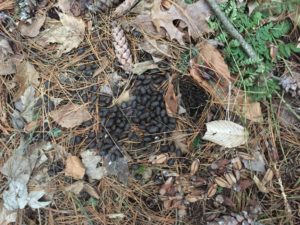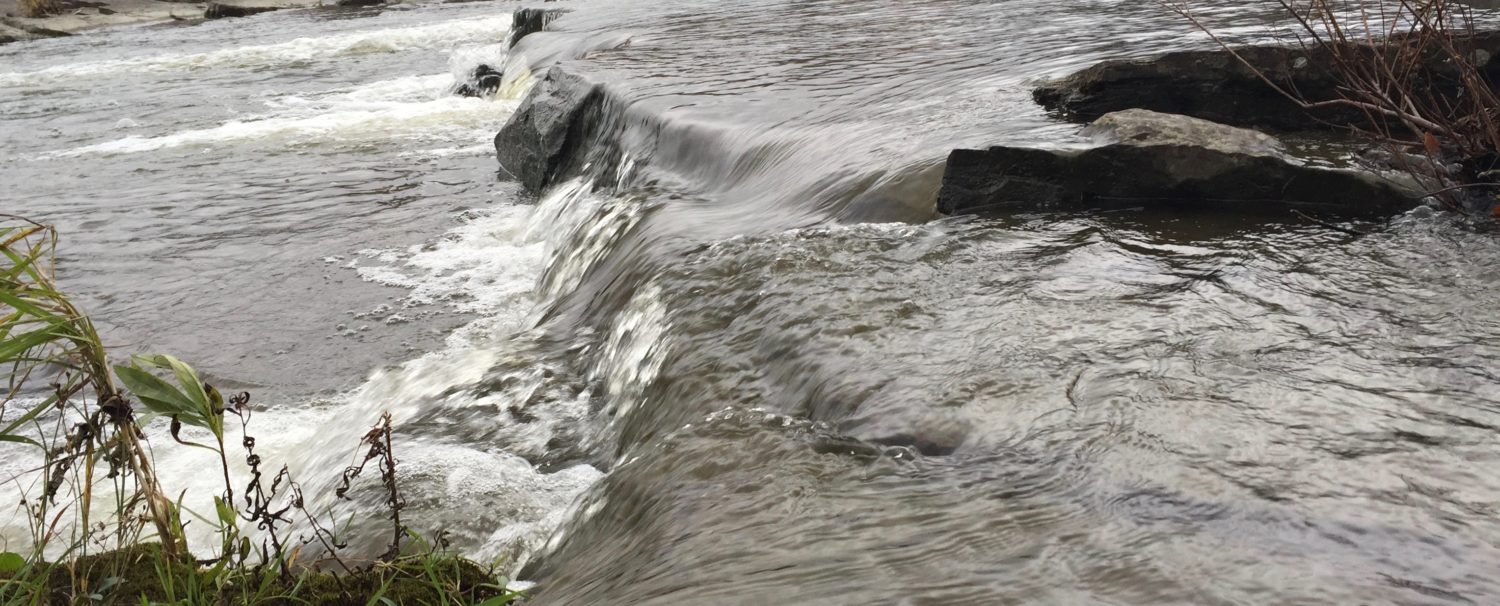
This nook of centennial woods closely aligns with the Hemlock forests, more specifically, the Hemlock-Northern hardwood forest type. This type of woodland was identified by the eastern hemlock, yellow birch, white pine, and American beech trees found there. In addition to the trees both deer tracks and scat have been found in the area. The plot of land would function well as a deer yard in the winter because of the sheltering from both hemlock trees and topography of the land.
 Since the last visit, almost all the snow has melted revealing the forest floor. Other changes are soon to happen, but the melting of the snow was by far the biggest, and an indicator of more to follow.
Since the last visit, almost all the snow has melted revealing the forest floor. Other changes are soon to happen, but the melting of the snow was by far the biggest, and an indicator of more to follow.

BioFinder has shown that in the city of Burlington, Centennial Woods is the predominate green space allowing for habitat and development of wildlife. Burlington is a very densely settled portion of Vermont, and the evergreen forest that Centennial Woods provides is immensely beneficial to animals like White-Tailed Deer surviving in this area.
